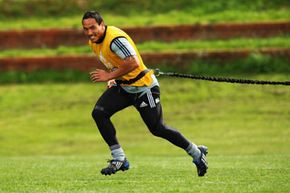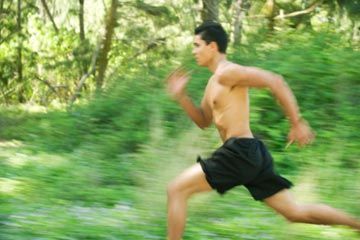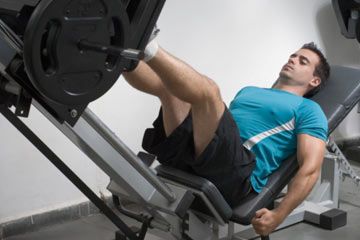Any athlete worth his or her salt is always looking for ways to improve. Some look to traditional methods like endurance training or circuit training to increase their performance. Some look to more controversial methods like supplements.
Runners especially are always looking for ways to enhance their performance and endurance. A tried and true method of performance improvement is resistance training. Also known as strength or weight training, resistance training increases muscle strength by putting the muscles to work against a weight or other kind of resistance. This results in physiological changes that allow the muscles and the rest of the body to work more efficiently, leading to better performance on the track or road.
Advertisement
Resistance training offers overall health benefits, in addition to those associated with running. Here are just a few:
- Builds muscle
- Protect against injury
- Helps body burn calories better
- Increases bone density
- Improves stamina
- Reduces insomnia
- Improves conditions such as diabetes, depression, arthritis, and obesity
This type training comes in many flavors. You can use free weights like dumbbells, weight machines or even your own body weight -- with exercises like push-ups or squats -- for strength training. Another form of resistance training is the use of resistance bands or bungees. Bungee cords are elastic cords. Made of one big or a bunch of small elastic strands, the the cord is sometimes covered in a nylon sheath.
Yes, the same thing that people use to bungee jump from bridges can help you train for running and other sports. Let's take a look at how bungee speed training works.
Advertisement















